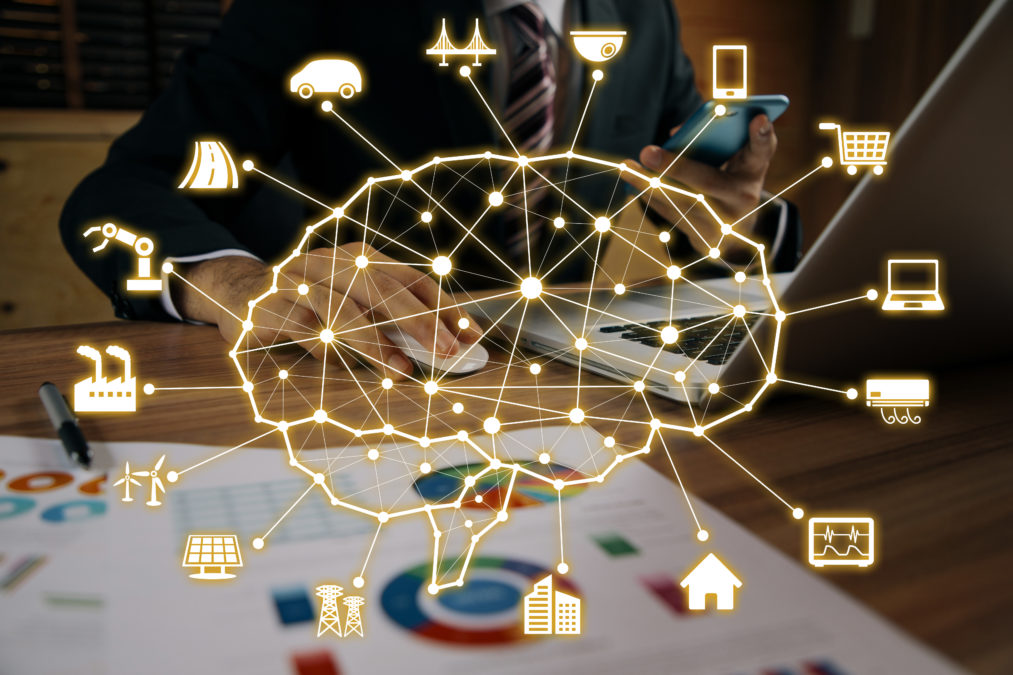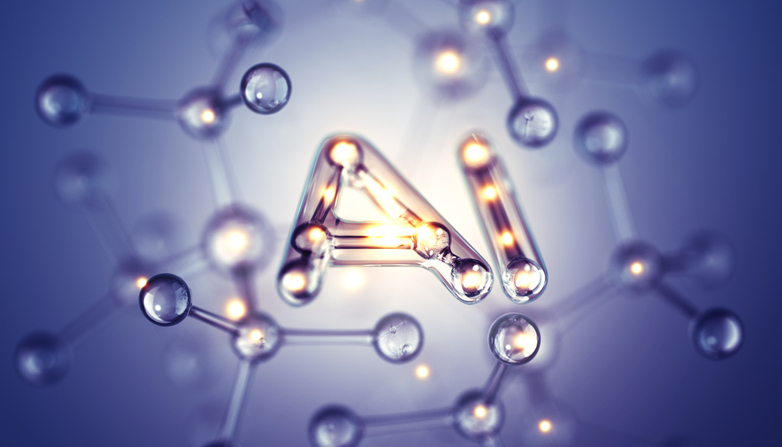Robotic process automation (RPA) has taken us a long way towards unlocking productivity benefits tied up in manual processes over the past few years and galvanised a mindset that things can change without a need for massive systems reengineering.
When wholesale change isn’t a realistic option for organisations, RPA can act as a catalyst to help businesses progress and add value, enabling them to build strategic plans around investments they’ve already made into their legacy systems.
The expansion into artificial intelligence (AI) is the next step of this granular, faster form of transformation, with more and more business activities either wholly or partially automated by increasingly sophisticated means. This is commonly referred to as cognitive RPA or, CRPA.
So, what are some real world-use cases that combine RPA and AI into broader intelligent automation solutions?
Robotics process automation cloud convergence could be a game changer
Process discovery
As new digital technologies come to market, business professionals are faced with the challenge of understanding exactly where solutions can be valuable to drive efficiency and developing a business case for implementation.
Often, you will intuitively know where there are inefficiencies, but this must be supported by a more evidence-based, bottom-up view of what is happening across a business’s IT systems and devices in order to make a strong case for investment – this is where process discovery is so important. The difference between perception of where inefficiencies lie and what’s happening inside the systems landscape can be surprising.
By leveraging analytics, machine learning and AI, you can build an evidence-based view of an organisation’s operational processes, which in turn provides a deeper understanding of where digital technologies can be applied – whether that be system changes or the application of RPA to process exceptions for example. It also allows you to assess the benefits of these solutions once they’ve been deployed.
RPA and the role of the CIO
Managing unstructured data
Despite the rise of digital and robotics solutions, a significant challenge for businesses continues to be the management of forms, correspondence, contracts, and other free text content. This is particularly the case with external material such as customer or supplier contracts, which creates the need for highly manual case management.
This is currently one of the key areas where businesses are looking to extend RPA into the AI domain. In this context, RPA is the aggregator, getting the raw data needed to feed the AI components, whether it’s based on computer vision, pattern matching, classifiers or natural language processing. Once the AI modules have completed their functions, RPA can then be used to push the answers into the target systems.
RPA, when supported by various AI modules, can deliver specific capabilities to carry out subjective processing tasks that are traditionally performed by people.
Investing in artificial intelligence: What businesses need to know
The conversational interface
According to a study conducted by Capgemini this year, voice assistants are set to become a dominant mode of consumer interaction in the next three years – 24% already say they would use chatbots and voicebots instead of a website. The surge of voice assistants such as Google Assistant, Amazon Alexa and Apple’s Siri is transforming customer relationships dramatically, and businesses are being forced to consider how they can be leveraged.
To deploy these solutions within a business, we need a mechanism that that opens up access to an organisation’s applications estate. A voicebot or chatbot is of course only as smart as the information it is able to extract and relay to its user. The way this comes together, in this example, is by employing the robots to fetch and deliver the data to our conversational interface, i.e., the chatbot, and thus answer the posed question.
This is achieved by the chatbot converting the abstract question into a series of queries that can be understood by the RPA system. The robot then queries the system(s) of record to retrieve relevant data items, packages them and hands the package back to the chatbot, enabling it to reconstruct these into a natural language response.
RPA is a crucial component in opening up applications – particularly those that are difficult to integrate with – and allows them to participate in the new world of conversational interfaces.
Speed to insight
All businesses have some form of data pipeline feeding their supply chains and warehouses. They are designed to try to provide 100% of the data needed on a regular basis. While it’s usually adequate for reporting, it’s not a complete enough data set for analysis and insight generation.
There is always a ‘last mile’ of supplementary analysis required to capture a specific piece of insight. This augments the data set with data to support root causes analysis of challenges such as month-end close for example.
RPA can be used to support that last mile of extraction, providing the aggregation and data preparation to support the dynamic needs of reporting, without having to wait for corporate IT to extend the data pipelines. This in turn, enables us to predict and do things that have historically been difficult for humans.
We struggle to predict because we can’t deal with the huge volumes of data. We struggle to narrate large volumes of data that cover a multitude of lines of divisions or departments. AI can be employed to model and predict or use natural language generation techniques to create a grammatically correct, narrative summary of the findings within a block of raw data instead of using armies of people.
Robotic process automation and the new age of digital transformation
In many of the use cases outlined above, we remain in the very early phases of leveraging the benefits of RPA and its expansion into AI. However, that only demonstrates just how much RPA will continue to evolve and expand within businesses over the coming years.
The uses cases of intelligent automation will also continue to grow as new AI techniques and solutions come to market, radically changing the future workplace. For businesses to fully utilise this technology, they first have to understand how these solutions can transform their processes and apply strict governance to make sure their decision-making is effective.
If businesses endeavor to implement these connected, yet granular solutions across their organisations, it will help them drive a dual speed transformation, and a new era of business and IT alignment will follow.








